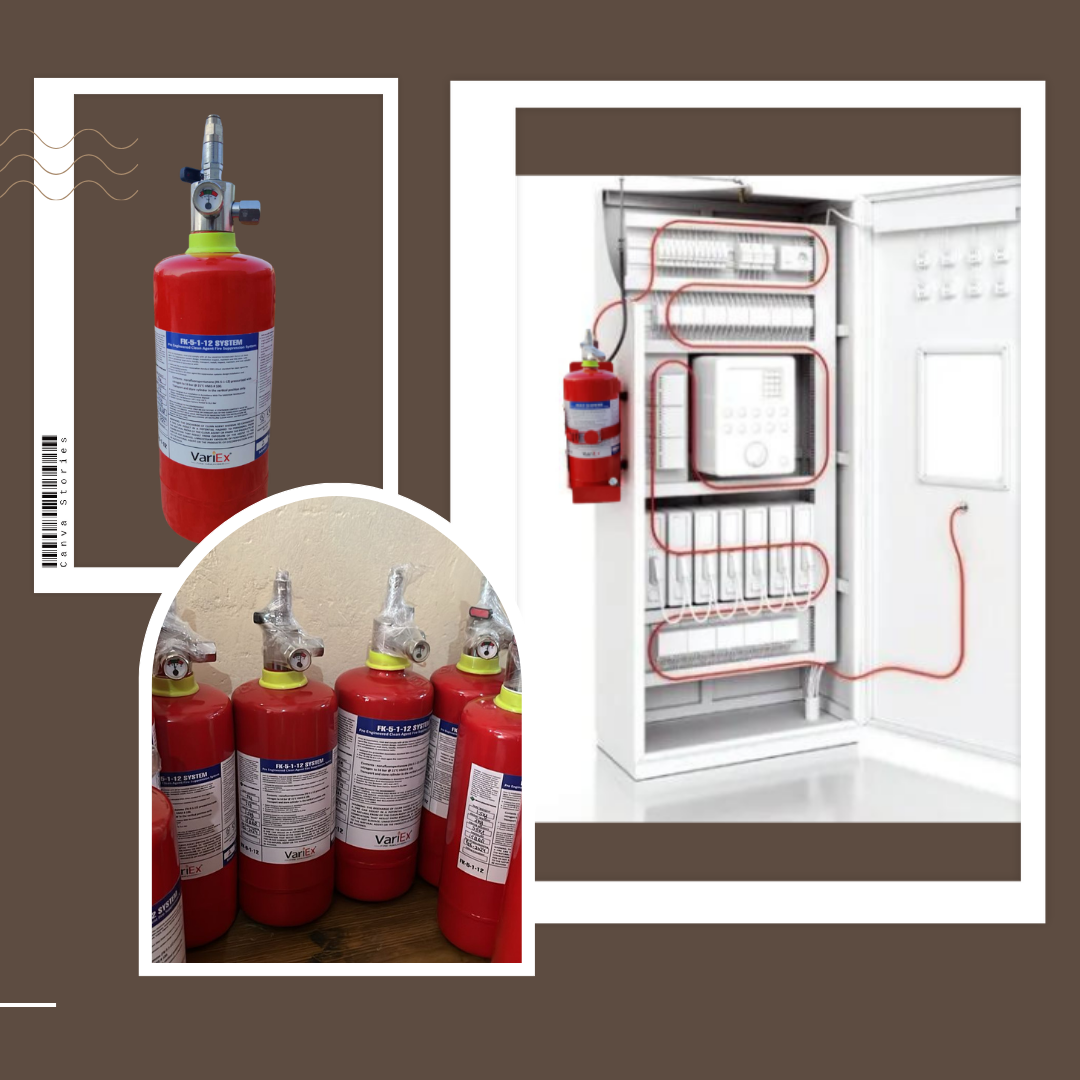![]()
Fire Immuniser
+91-7829629111
Email: info@variex.in
Varistor Technologies Pvt. Ltd.
Block-1, First Floor, Ardente Office One, Hoodi Circle, ITPL Main Road, Bengaluru, Karnataka 560048, IN
How Fire Alarm Circuit Works
How Fire Alarm Circuit Works
A fire detection system is an essential safety component for any building. Fire can have devastating effects, not only causing loss of property and capital, but also resulting in fatalities. Understanding the importance of early detection, the fire alarm circuit has been designed to be an intelligent mechanism to not only detect but also alert individuals in case of a fire. But have you ever wondered how this life-saving technology actually works? This article aims to provide an in-depth understanding of the working mechanism of fire alarms.
The Basic Principles of Fire Detection
The mechanism behind fire alarm circuits is fundamentally predicated on two of the most basic scientific principles, smoke and heat detection. These alarms are designed to detect one or both of these signs of a possible fire. The choice between which detector type to use can depend on the specific circumstances and requirements, or sometimes both types are integrated for added protection.
The Smoke Detector
The smoke detector essentially works on the principle of ionization or optical detection. The ionization smoke detector contains a small amount of radioactive material that ionizes the air in the detection chamber, leading to a current flow between two electrically charged plates. When smoke enters this chamber, it interrupts this flow of current, causing the alarm to sound.
On the other hand, the optical detector flashes a beam of light into the sensing chamber to detect smoke particles. If smoke enters the chamber, the light gets scattered, and this scattered light is detected and triggers the alarm.
The Heat Detector
The technology behind a heat detector is equally fascinating. These detectors operate under one of two principles: rate-of-rise (ROR) detection or fixed temperature detection. ROR detectors respond when they detect a rapid increase of temperature in a particular area, irrespective of the starting temperature. Fixed temperature heat detectors, however, only sound the alarm when the ambient temperature reaches a predetermined point. It is important to note that heat detectors are generally used to protect property, not life, due to their slower response time.
The Fire Alarm Circuit
Structurally, a conventional fire alarm system is made up of several components, including detectors, control panels, and alerting devices. The fire alarm control panel is the system's brains. It collects information from the detectors spread out across the building, processes that data, and then initiates the suitable response, like sounding the alarm or notifying the fire department.
The alerting devices, such as loud bells, flashing lights, or voice alert systems, are activated once the control panel processes the information from the detectors. This is the part of the system that most people are familiar with, as these devices serve to warn occupants of a potential fire.
The Complexity of Modern Systems
Advancements in technology have resulted in the development of more complex and sophisticated fire alarm systems, known as addressable systems. These systems allow each device in the system to have its unique address. Rather than just pointing out a zone where there may be a fire, such as a specific floor of a building, an addressable system can pinpoint the exact detector that was triggered, allowing for a faster response.
Furthermore, modern fire alarms have been integrated with other systems like sprinkler systems or gas-based fire suppression systems, enhancing the level of protection. Nowadays, high-end systems can even alert the local fire department directly.
Importance of Regular Maintenance
While understanding the working of a fire alarm circuit is important, we must also emphasize the importance of maintaining the system properly. Its effectiveness significantly depends on regular inspections, testing, and maintenance. The National Fire Protection Association (NFPA) recommends monthly visual inspections for both fire alarm systems and components, semi-annual inspections for certain devices, and annual professional inspections for the entire system.
Conclusion
Fire alarm circuits work based on well-established scientific principles and advanced technology. These vital systems serve as a sentinel, warning us of potential danger and impressing upon us the need to evacuate a building during a fire. Understanding how these systems operate can provide a deeper appreciation for the level of sophistication and ingenuity behind the vital role these alarms play in our safety. Ultimately, the effectiveness of a fire alarm system relies heavily on proper installation, regular maintenance, and testing. Remember, preparedness and early detection are critical in preventing fire tragedies and saving lives.
Explore our products Range
Final Say
At VariEx.in and VariexOnline.com, we specialize in supplying and installing top-quality fire fighting systems and equipment. From fire extinguishers to advanced suppression systems, we offer comprehensive solutions tailored to your needs. Our experienced team ensures precise installation and maintenance for optimal safety.
Trust VariEx for reliable fire protection. Contact us online or call 7829629111 to learn more.














